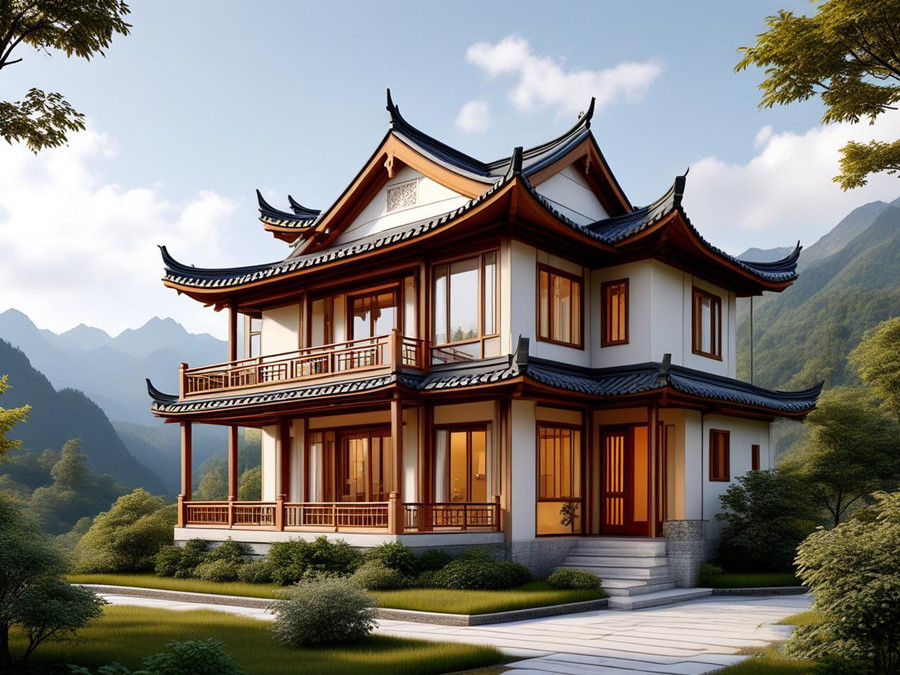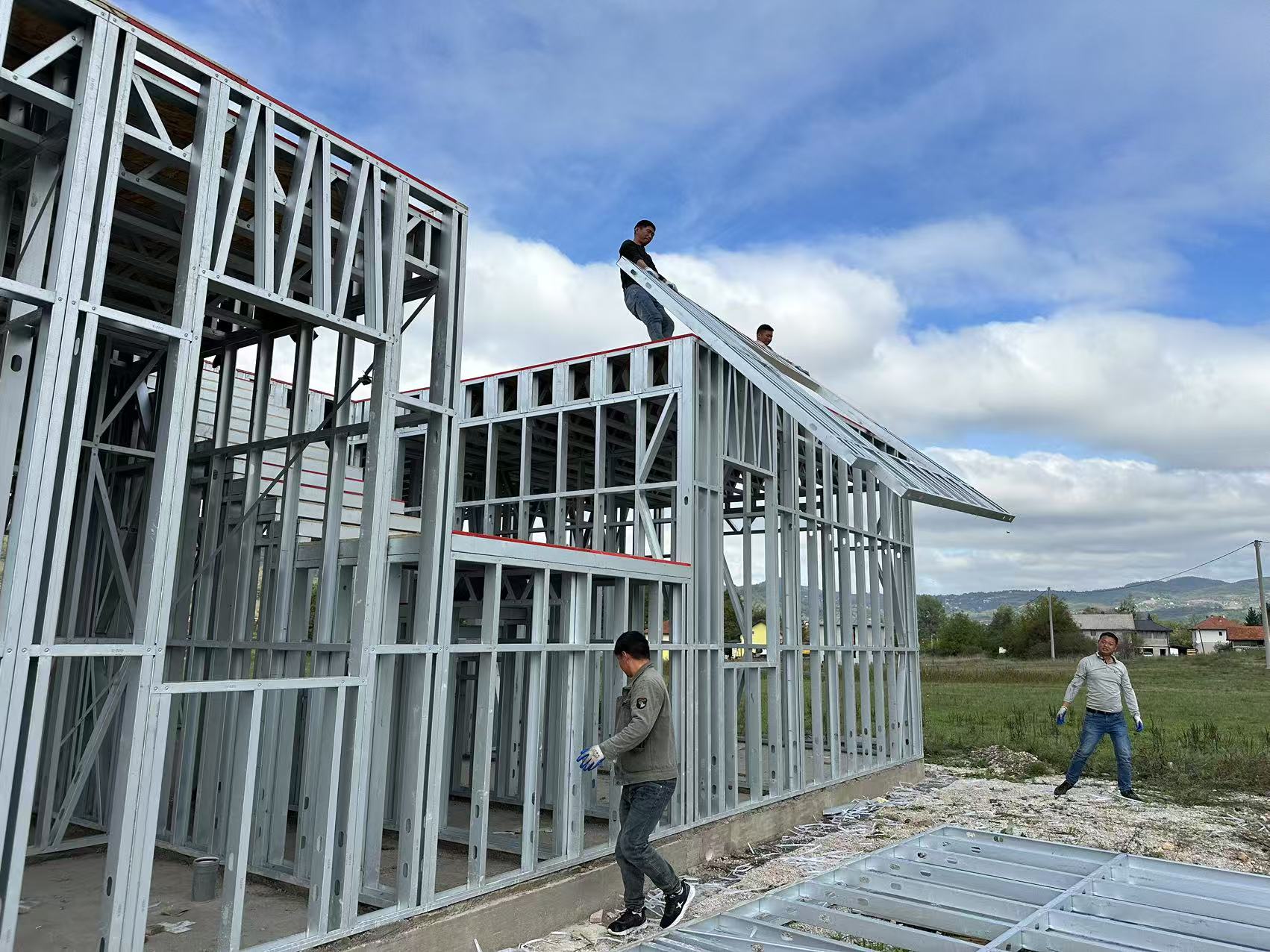Steel structure villas have gained popularity in modern architecture due to their durability, cost-effectiveness, and eco-friendly credentials. However, a critical question arises: Are these buildings truly fire-resistant? To answer this, we must delve into the properties of steel, fire dynamics, and the engineering strategies employed to enhance safety.

1. The Fire Resistance of Steel: Strengths and Vulnerabilities
Steel, as a non-combustible material, does not ignite or contribute to the spread of flames. This inherent quality makes it superior to traditional wood-frame structures, which are highly flammable. However, steel’s behavior under extreme heat poses challenges:
•High-Temperature Weakness: While steel melts at approximately 1,370°C (2,500°F), its structural integrity degrades rapidly at temperatures above 550°C (1,022°F). In a typical building fire (800–1,000°C), unprotected steel beams or columns may deform, leading to potential collapse.
•Thermal Expansion: Steel expands when heated, which can distort connections and destabilize the entire framework.

2. Fireproofing Strategies for Steel Structures
To mitigate risks, engineers implement advanced fire protection measures:
•Fire-Resistant Coatings: Intumescent paints or sprays expand when exposed to heat, forming an insulating char layer that delays temperature rise in the steel. These coatings can provide 60–120 minutes of fire resistance, depending on thickness.
•Encapsulation: Wrapping steel components with fire-rated boards (e.g., gypsum, cementitious panels) or mineral wool creates a physical barrier against heat.
•Passive Fire Protection Systems: Integrating fire-resistant walls, floors, and ceilings compartmentalizes flames and smoke, slowing their spread.

Ruijie Steel Structure Villa Factory
3. Steel vs. Traditional Materials: A Comparative Analysis
•Wood: Combustible and releases toxic gases when burning. Requires chemical treatments for limited fire resistance.
•Concrete: Non-combustible but cracks under high heat, exposing embedded steel reinforcements.
•Steel: Superior in resisting ignition but requires active protection to maintain stability.
Modern steel villas often outperform traditional homes in fire safety when designed with integrated fireproofing systems.
4. Regulatory Standards and Real-World Performance
Building codes globally mandate fire safety for steel structures:
•International Building Code (IBC): Specifies fire-resistance ratings (e.g., 1–2 hours) for structural elements.
•Eurocodes (EN 1993-1-2): Provides guidelines for calculating steel’s load-bearing capacity during fires.
•Case Studies: In the 2018 Camp Fire (California), steel-framed homes in fire-prone areas demonstrated better survival rates compared to wooden structures, provided they had proper insulation and ember-resistant designs.

Ruijie Steel Structure Villa Company Team
5. Innovations in Fire-Resistant Steel Technology
Recent advancements aim to enhance safety:
•High-Strength, Low-Alloy (HSLA) Steels: Engineered to retain strength at elevated temperatures.
•Phase-Change Materials (PCMs): Absorb heat during fires, delaying temperature rise.
•Smart Sensors: IoT-enabled devices detect heat anomalies and trigger suppression systems.
Conclusion: Balancing Aesthetics and Safety
Steel structure villas can be highly fire-resistant, but their safety hinges on meticulous design, quality materials, and adherence to fireproofing protocols. While steel alone is not a "fireproof" solution, combining it with modern technologies and compliance with safety standards ensures robust protection. For homeowners, investing in certified fire-resistant coatings and compartmentalized designs is not just a regulatory requirement—it’s a lifesaving imperative.
In an era where climate change intensifies wildfire risks and urban fires remain a threat, steel villas, when engineered thoughtfully, represent a resilient and forward-thinking choice.